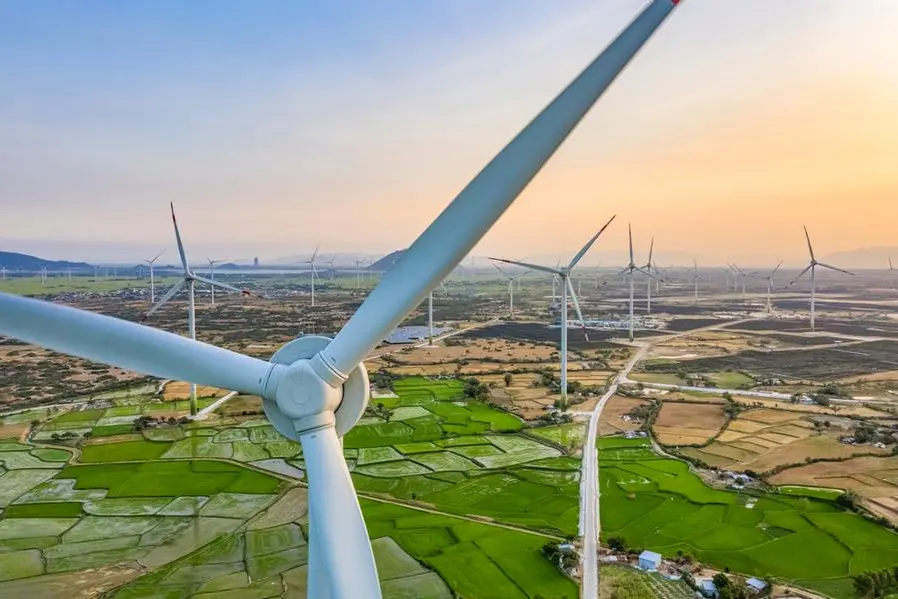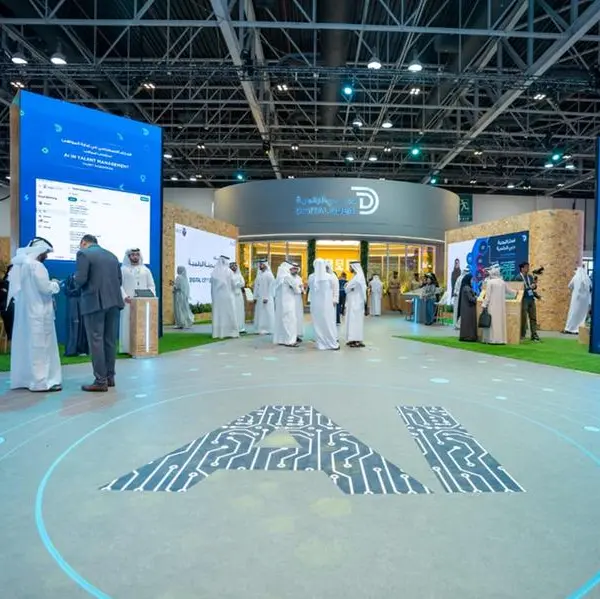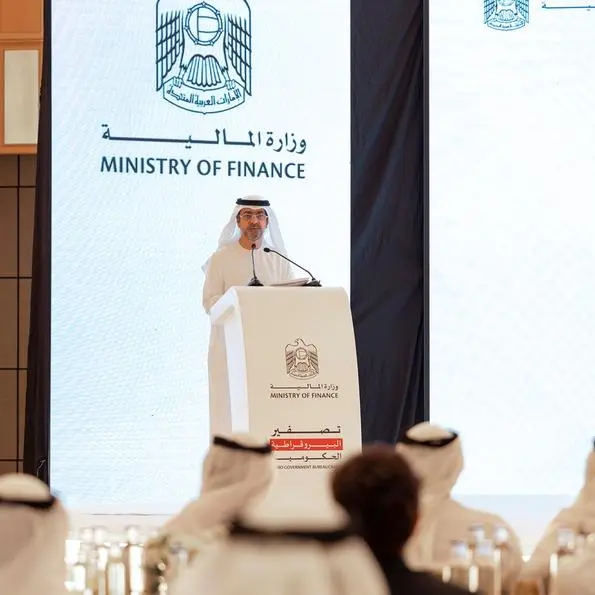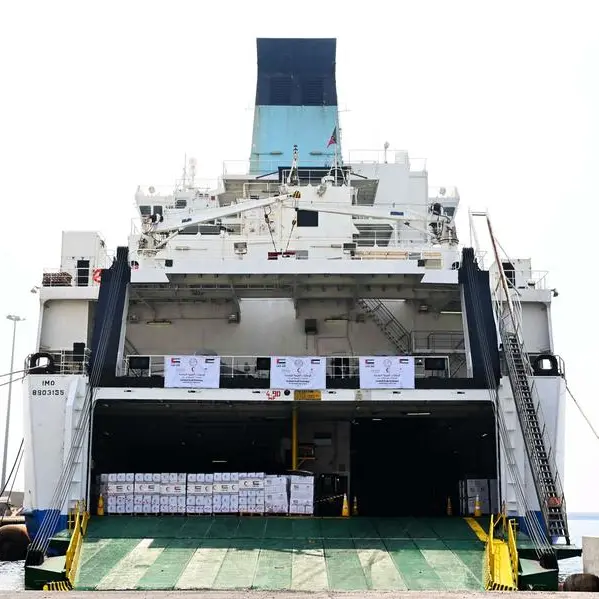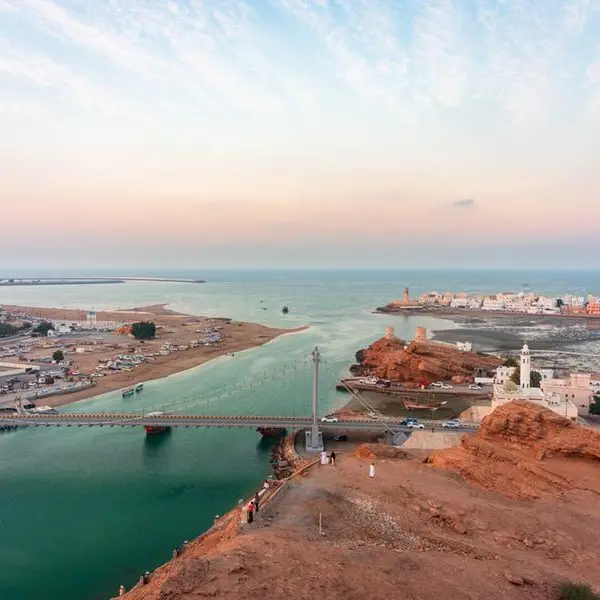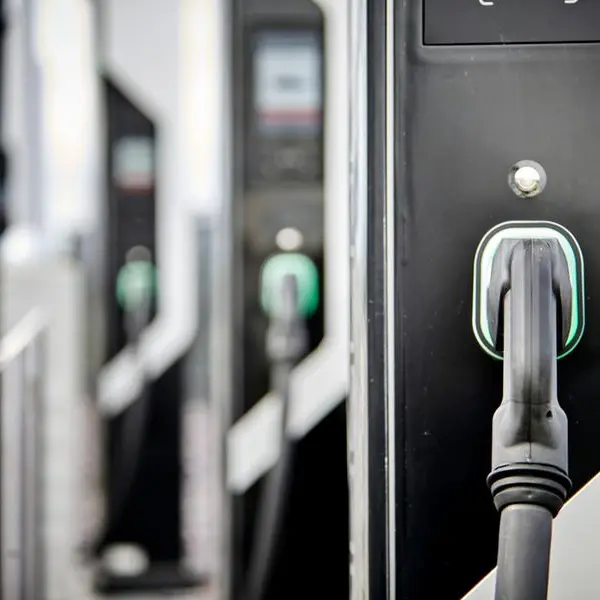PHOTO
Until recently a novice in the global green energy industry, the Sultanate of Oman is now ranked among the first-movers in this transformative sector in the Middle East.
That recognition has come from no less than the International Energy Agency (IEA), which recently ranked Oman among a small handful of countries in the Middle East that are poised to surpass their respective national goals to produce hydrogen as a low-carbon energy feedstock.
The Paris-headquartered body referenced Oman’s goal to install enough solar and wind capacity to power electrolyzers with a capacity to produce annually at least 1 million tonnes of green hydrogen by 2030.
Oman is targeting an estimated $49 billion in investments in the country’s nascent green hydrogen industry to help achieve an annual output of 1.38 million tonnes of zero-carbon hydrogen by 2030. Investment inflows are anticipated to soar to a total of $140 billion by 2050 when green hydrogen production capacity is ramped up to around 7.5 – 8 million tonnes per annum.
At the same time, Rystad Energy, a Norwegian-based independent research and energy intelligence company, has named Oman among a tiny handful of regional players that are tipped to fuel the growth of solar-based renewables in the region.
According to the think-tank, Oman is anticipated to witness a dramatic increase in its renewables capacity, from around 700 MW presently to almost 3 GW in 2025, rising to 4.5 GW by 2030. As a result, renewable energy will have a 30% share of overall generation capacity by the end of this decade, up from 3% presently. Five new onshore wind power projects currently under procurement will contribute around 1 GW of capacity.
Energy Transformation Strategy
Both the renewables and green hydrogen industries are an integral part of a wider, national strategy designed to enable Oman’s transition to a Net Zero economy by 2050. Underpinning this pivotal strategy are five key enablers: energy efficiency, renewable energy, hydrogen-powered economy, green mobility, and carbon capture, storage and utilization (CCUS).
Also as part of an Energy Transformation Strategy being rolled out by the Ministry of Energy and Minerals, five key national objectives have been envisioned: Ensuring the security of energy supplies, Championing an orderly transition to decarbonization, Building local capabilities that enable the energy transformation, Building a low-carbon economy, and Maintaining the competitiveness of the Sultanate of Oman in the global energy market.
Seeking to unlock major job creation and localisation opportunities from the green hydrogen investments, the Ministry recently hosted a first-of-its-kind Green Hydrogen Ecosystem Readiness Labouratory. The roughly fortnight-long forum drew a number of Omani experts who were invited to brainstorm proposals and initiatives designed to catalyse the localisation of manufacturing of the wide array of hardware, equipment and accessories necessary to build out the mega-scale hydrogen projects over the coming years and decades.
Forward connected industries
Localisation opportunities are potentially prodigious as outlined in Oman’s Green Hydrogen Strategy, published by Hydrom – the master planner and orchestrator of the country’s green hydrogen industry. Affirming a commitment to In-Country Value (ICV) and domestic industry developments as key national goals, the strategy stresses, in particular, the potential for spurring the localisation of key industries and forward-connected industries in existing and new industrial zones.
For example, massive quantities of hydrogen assets – an estimated 300 million solar panels, over 10,000 wind turbines and 5,200 electrolyzers - are envisaged for installation as part of the upstream components of the green hydrogen projects set to come up in Oman over the next 25 years through to 2050.
This mammoth requirement opens up short-term opportunities for the localisation of, for example, wind turbine manufacturing of components (tower segments and blades), iron ore pellet and hot-briquetted iron production, solar PV assembly, electrolyzer assembly and logistic solutions, services and infrastructure. Adding to this list in the medium term are opportunities for, among others, e-fuel production, electrolyzer manufacturing, and green steel production.
Furthermore, the onshoring of these manufacturing opportunities will necessitate access to prodigious quantities of raw materials. The deployment of wind turbines, solar panels and electrolysers will require corresponding increases in the local production of steel, concrete, plastics, glass, aluminium, copper, silicon and nickel.
According to Hydrom, basic raw materials necessary to develop Oman’s upstream hydrogen assets through to 2050 are estimated at 44 million tonnes per annum (Mtpa) of concrete, 25 Mtpa of steel, 950 kilotonnes per annum (ktpa) of plastics, 5.1 Mtpa of glass, 850 ktpa of aluminium, 500 ktpa of copper, 450 ktpa of silicon, and 45 ktpa of nickel.
International partnerships
Sensing this vast opportunity to capitalize on this huge domestic demand, a number of international investors are exploring partnerships with key Omani players to develop local manufacturing capacity.
Notable is the example of China’s Jietai New Energy Technology Co, Ltd (Jietai Solar /JTPV), a wholly-owned subsidiary of Hainan Drinda New Energy Technology Co, which announced the signing of a land lease agreement for the establishment of a major solar cell manufacturing project at Sohar Freezone. The mega-scale project, estimated to cost around $700 million, will support the production of 5 gigawatts (GW) of high-efficiency N-type cells per annum. The project is scheduled for completion before the end of 2025.
It is the latest building block in an expanding domestic production value chain that will support Oman’s ambitious energy transition goals. Elsewhere within Suhar Freezone, United Solar Polysilicon (FZC) SPC, an international green energy enterprise specializing in the solar industry chain, is developing a 100,000 tonnes per annum capacity polysilicon plant at a cost of around $1.6 billion. Polysilicon is a key ingredient in the manufacture of solar cells and other renewable energy components.
Likewise, the Oman Investment Authority is collabourating with Siemens Energy in exploring the potential for the domestic fabrication of electrolyzers to support the country’s green hydrogen production objectives.
2022 © All right reserved for Oman Establishment for Press, Publication and Advertising (OEPPA) Provided by SyndiGate Media Inc. (Syndigate.info).
